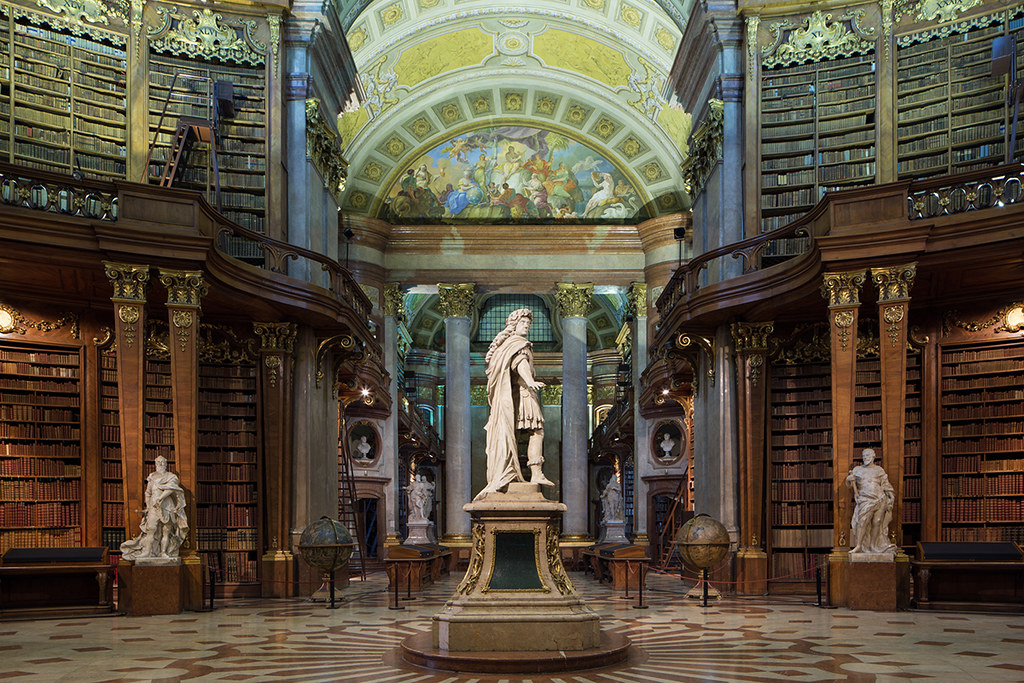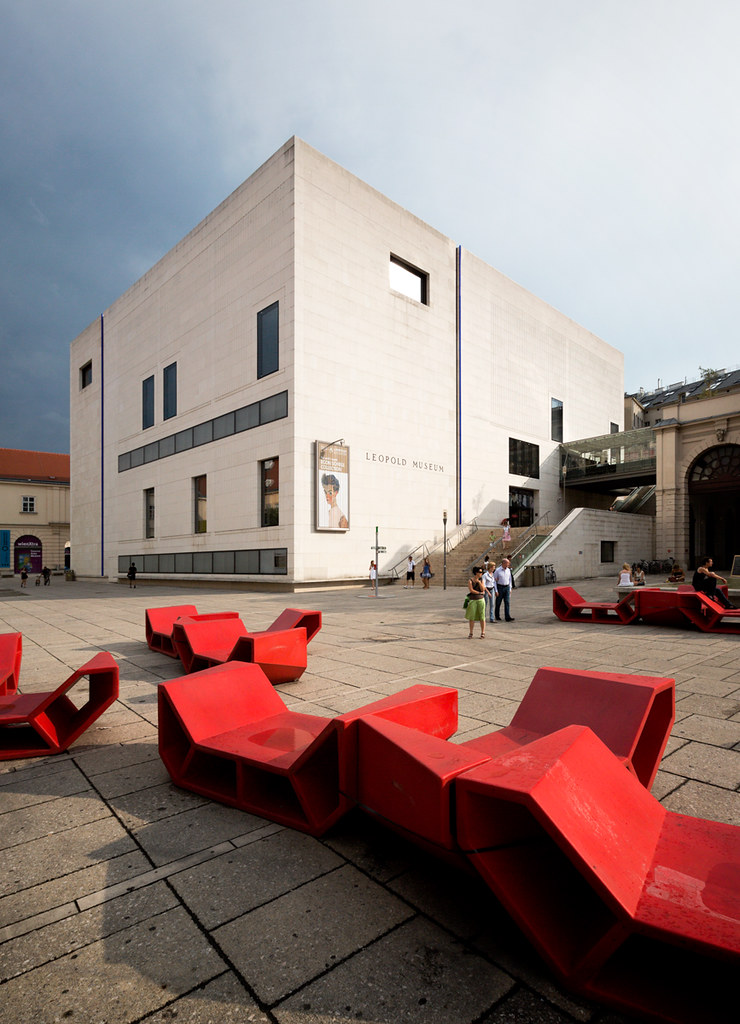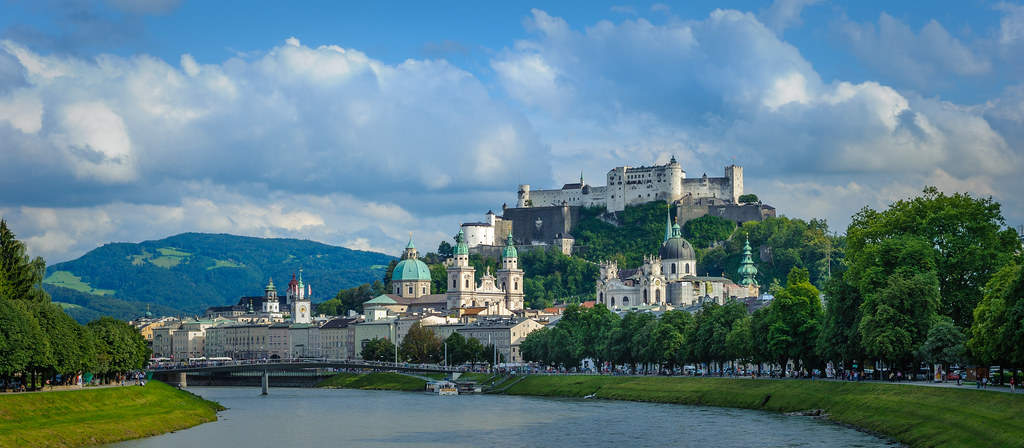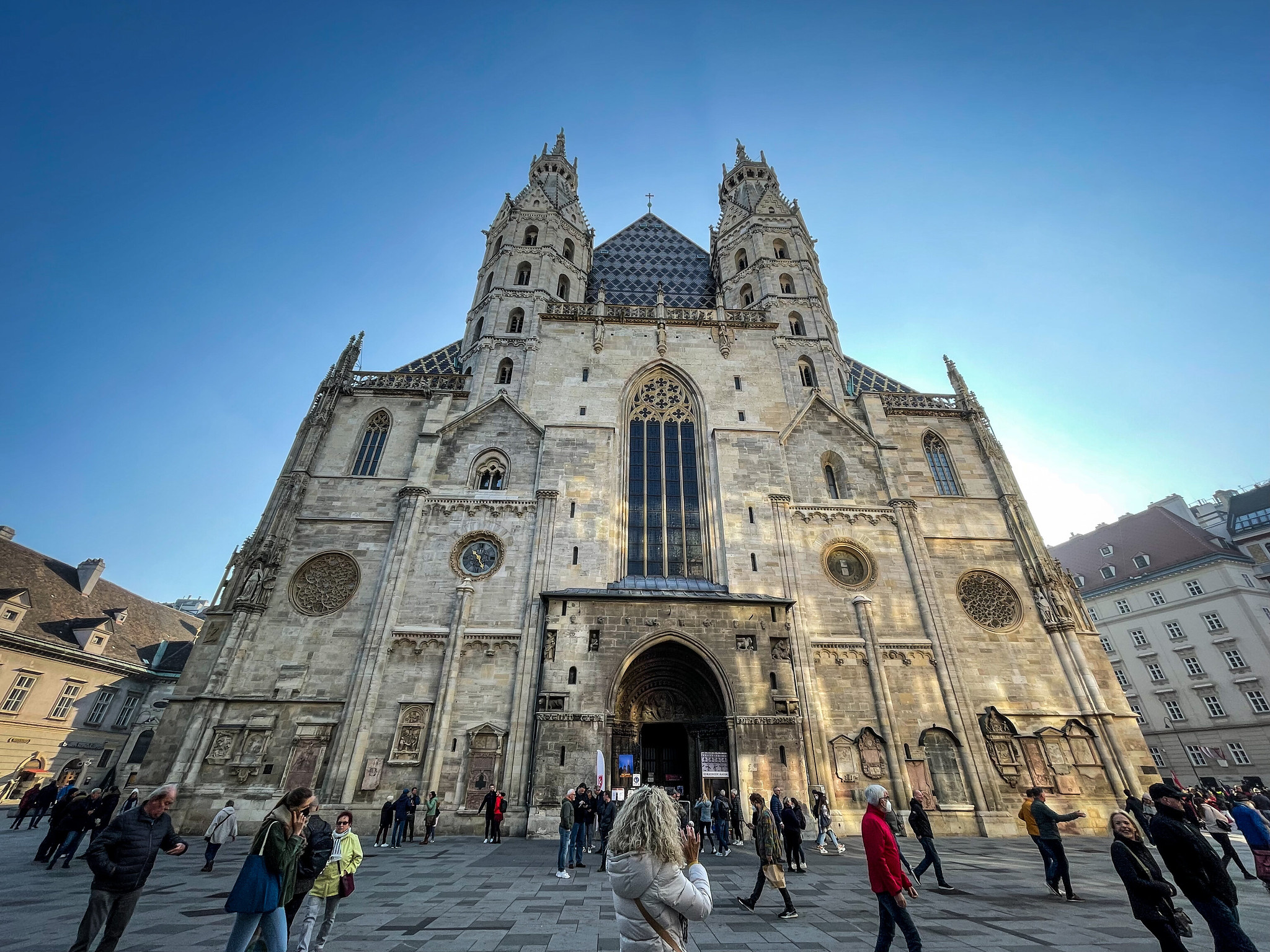
Rathaus
The Rathaus is a beautiful neo-gothic building that serves as the city hall of Vienna. The building features impressive architecture and beautiful interiors, including a grand staircase
Austria is a landlocked country in Central Europe with a population of around 8.7 million. The country is bordered by the Czech Republic, Germany, Hungary, Italy, Liechtenstein, Slovakia, and Switzerland. Vienna is the capital and largest city of Austria.
Austria is a beautiful country with a lot to offer tourists. The country is home to many historical sites, museums, and architectural landmarks. You can enjoy the scenic mountain views, lakes, and forests. There are also plenty of opportunities for outdoor activities such as hiking, biking, and skiing. This Austria Travel guide will help you plan your next trip to Austria.
There is no definitive answer to this question, depending on what you are hoping to see and do while in Austria, the best time to visit can vary. For example, if you are interested in skiing or other winter sports, then the best time to visit would be during the winter months. However, if you are more interested in exploring the city sights and attractions, then the best time to visit would be during the spring or summer months. However, in the summer months you will experience larger crowds. Ultimately, it depends on your personal preferences and what you hope to get out of your trip.
There are a few ways to reach Austria, depending on your location and budget. If you’re coming from Europe, you can take a train, or bus, or fly to one of Austria’s major airports. If you’re coming from further away, you’ll likely need to fly into Vienna. Once you’re in the country, you can use public transportation to get around or rent a car if you’re planning on doing some exploring. Here is a little more detail:
There are a few different ways to get around Austria. The most common way is by car. There are also buses and trains that run between cities. If you are traveling from Vienna to another city, the best way to get there is by train. The trains in Austria are very reliable and the scenery is beautiful. You can also take a bus, but the buses can be very crowded.
Vienna is the capital of Austria and one of the most popular tourist destinations in Europe. The city is renowned for its museums, art galleries, opera houses, and other historical landmarks. Visitors can also enjoy the city’s many parks, gardens, and cafes.
Today, Vienna is a vibrant, cosmopolitan city with a thriving arts and culture scene. The city is also home to a number of international organizations, such as the United Nations and the International Atomic Energy Agency.
Salzburg was founded in the 5th century by the Bavarii tribe. In the 9th century, the town was conquered by the Franks and became part of the Holy Roman Empire. In the late Middle Ages, Salzburg was an important center of trade and culture. The city was ruled by the Prince-Archbishops of Salzburg, a position that was held by some of the most powerful figures in European history.
In the 18th century, Salzburg was annexed by Austria and became one of the country’s most important cities. The city was the center of the German Enlightenment and home to many notable thinkers and artists. Salzburg was also the site of the first public opera performance in history.
Today, Salzburg is a popular tourist destination. The city’s medieval center is a UNESCO World Heritage Site and is filled with historical landmarks. Salzburg is also home to a number of museums, art galleries, and theaters. There are plenty of things to see and do in Salzburg, making it the perfect place to visit for travelers of all interests.
Innsbruck is the capital city of the Austrian state of Tyrol. It is located in the Inn valley at the junction of the Wipptal (Inn valley) and the Isel valley. Innsbruck is an internationally renowned winter sports center and hosted the 1964 and 1976 Winter Olympics as well as the 1984 and 1988 Winter Paralympics. The city also hosted the first Winter Youth Olympics in 2012.
Innsbruck’s history dates back to the early Middle Ages. The first mention of the city in historical records comes from the 11th century when it was known as “Villa Ipsibruck”. In 1248, the city was granted the status of a town by Duke Friedrich II. In the 14th and 15th centuries, Innsbruck became a center of trade and commerce. The city was also a favored residence of the Habsburg imperial family.
Today, Innsbruck is a vibrant, cosmopolitan city with a wide range of things to see and do. The city center is home to a number of historic buildings and monuments, while the surrounding mountains offer endless opportunities for outdoor activities. In winter, the city is a popular destination for skiing and snowboarding, while in summer it is a great base for hiking and mountain biking.
Salzkammergut is a stunning region in Austria that is known for its dramatic scenery and its many lakes. The region has a long history, dating back to the Middle Ages when it was an important center for the mining of salt. Today, Salzkammergut is a popular tourist destination, with many activities and attractions to enjoy.
Some of the top things to do in Salzkammergut include hiking in the stunning scenery, taking a dip in one of the many lakes, and exploring the region’s history in its many museums. There are also plenty of things to see in Salzkammergut, from the picturesque lakes to the towering mountains.
Zell am See is a beautiful town in Austria that is known for its stunning scenery and its rich history. The town is situated on the banks of Lake Zell and is surrounded by the Hohe Tauern mountains. There are many things to do in Zell am See, such as hiking, biking, and skiing. There are also many things to see in Zell am See, such as the Zeller See, the Zell am See Cathedral and the Hohe Tauern National Park.
If you’re planning a trip to Austria, there are a few things you should keep in mind to make the most of your experience.
For starters, Austria is a relatively expensive country, so be prepared to budget accordingly.
Additionally, while Austria is generally a safe country to travel in, it’s always a good idea to be aware of your surroundings and take precautions against pickpockets and other petty crimes.
When it comes to culture, Austria is known for its rich history and beautiful architecture. Be sure to visit some of the country’s most famous landmarks, such as the Hofburg Palace and the Vienna State Opera House.
Try the local cuisine! Austrian cuisine is diverse and delicious, with many regional specialties worth trying. Don’t miss the chance to taste classic dishes like Wiener Schnitzel, Apfelstrudel, Sachertorte, and Kaiserschmarrn. For a unique experience, visit a traditional Heuriger (wine tavern) in Vienna or enjoy a meal at a local Buschenschank in Styria.
Finally, remember to pack appropriately for the season. Austria can get quite cold in the winter, so if you’re visiting during that time of year, make sure to pack plenty of warm clothes.
Use public transportation:
Austria has a well-developed and efficient public transportation system, including buses, trams, and trains. Make the most of it to save money and explore the country conveniently. Consider purchasing an ÖBB Vorteilscard for discounted train fares or a city-specific travel card (e.g., Vienna City Card) for unlimited travel on local public transportation and additional discounts on attractions.
Explore beyond major cities: While Vienna, Salzburg, and Innsbruck are popular destinations, don’t forget to visit smaller towns and rural areas. Austria is known for its picturesque landscapes, charming villages, and scenic alpine lakes. Some lesser-known gems worth exploring include Hallstatt, Zell am See, Wachau Valley, and Bregenz.
The cost of accommodation in Austria can vary depending on the type of accommodation you are looking for. If you are looking for a basic hotel room, you can expect to pay around €50 per night. If you are looking for a more luxurious hotel room, you can expect to pay around €200 per night. If you are looking for an apartment, you can expect to pay around €800 per month.
Food costs can vary greatly depending on your dining preferences and the establishments you choose to visit. Generally, Austrian food is moderately priced, especially when compared to other Western European countries. Inexpensive Eat and Drinks and cafes offer meals for around €10-15, while mid-range establishments may charge €20-40 per person for a three-course meal. High-end Eat and Drinks can be significantly more expensive, with meals starting at €50 and upwards. For budget-conscious travelers, options like street food, bakeries, and supermarkets provide affordable alternatives to Eat and Drink dining. Don’t forget to explore local markets, where you can find fresh produce and regional specialties at reasonable prices. Overall, Austria offers a range of dining experiences to suit various budgets, allowing travelers to enjoy its diverse and delicious cuisine without breaking the bank.
Transportation costs in Austria can also vary depending on the mode of transport, distance, and the type of ticket or pass you choose. Public transportation within cities is quite affordable, with single tickets ranging from €2 to €3, and day passes costing between €5 and €8. Multi-day or weekly passes offer even better value for those planning to stay longer and use public transit extensively.
For intercity travel, trains are a popular and convenient option. Prices for train tickets can range from €10 for short distances on regional trains to €50 or more for longer journeys on high-speed Railjet trains. Booking in advance and taking advantage of discounts with the ÖBB Vorteilscard can significantly reduce these costs.
Long-distance buses, such as those operated by FlixBus, are often more budget-friendly than trains, with fares starting as low as €5 for short trips and €20-30 for longer routes. However, travel times may be longer compared to train journeys.
Renting a car provides flexibility and convenience, especially for exploring rural areas, but costs can add up. Daily car rental rates start at around €30 for a compact car, excluding fuel and potential toll fees on highways. Keep in mind that parking fees in cities can also be quite high.

The Rathaus is a beautiful neo-gothic building that serves as the city hall of Vienna. The building features impressive architecture and beautiful interiors, including a grand staircase

The State Hall of the Austrian National Library is a breathtakingly beautiful baroque-style library that contains over 200,000 books, including some of the oldest and most rare

Once the summer residence of the Habsburgs, this palace is a popular tourist attraction due to its beautiful gardens and grand architecture. It includes 1,441 rooms, many

The Leopold Museum is a modern art museum that houses a large collection of Austrian art from the 19th and 20th centuries. The museum’s collection includes works

Salzburger Altstadt is the historic Old Town of Salzburg, and it is a UNESCO World Heritage Site. The Altstadt features stunning baroque architecture, narrow winding streets, and

The UNESCO World Heritage Site of this city’s Historic Center is home to numerous architectural gems, including a famous cathedral, a palace, and a Spanish Riding School.

From Eye candy to delights ” is the motto of the sky blue house in the heart of Feldkirch’s old town, right at the foot of the

Amador in Vienna, Austria, has been awarded three Michelin stars. Run by Chef Juan Amador, this restaurant offers a fusion of Spanish and Austrian cuisines, providing a

Vienna Austria Photos
